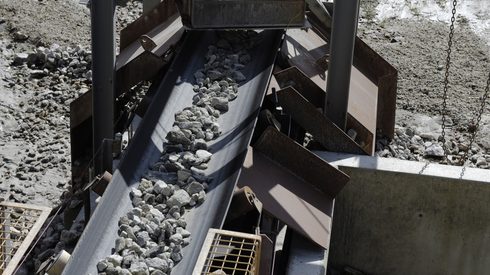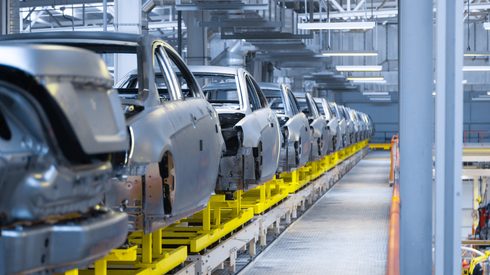The suspension will apply to products imported on or after 12:01am Eastern Daylight Time on June 1, according to a proclamation issued by the White House Briefing Room.
The suspension also applies for the same duration to derivative steel products from Ukraine that would be covered by Section 232.
The terms of the suspension place Ukraine under the same Section 232 exemption status as Australia, Canada and Mexico, according to a statement issued by Steven Baker, customs committee chair of the American Metals Supply Chain Institute.
The Section 232 exception does not remove existing anti-dumping duties, including those against rebar, hot-rolled flat products, wire rod, oil country tubular goods, prestressed concrete stand and seamless pipe, Baker said.
“Apart from duty concerns, export of steel from Ukraine is also affected by other issues including damaged mills, reduced production, and significant shipping concerns,” Baker said.
Ukraine shipped 130,636 tonnes of steel to the United States in 2021, according to US Census Bureau data. This tonnage represents 0.46% of the total 28,576,767.60 tonnes of foreign steel sent to the United States in 2021.






